

Only a few days left before the launch of the United Launch Alliance (ULA) Atlas V rises from the historic Space Launch Complex (SLC)-41 of Cape Canaveral Space Force Station, carrying NASA astronauts Barry “Butch” Wilmore and Suni Williams for the long-awaited Crew Flight Test (CFT) of Boeing's CST-100 Starliner spacecraft. The pair will spend at least eight days “docked” aboard the International Space Station (ISS) performing a series of flight test objectives before returning to a landing assisted by parachutes and airbags in the southwestern United States.
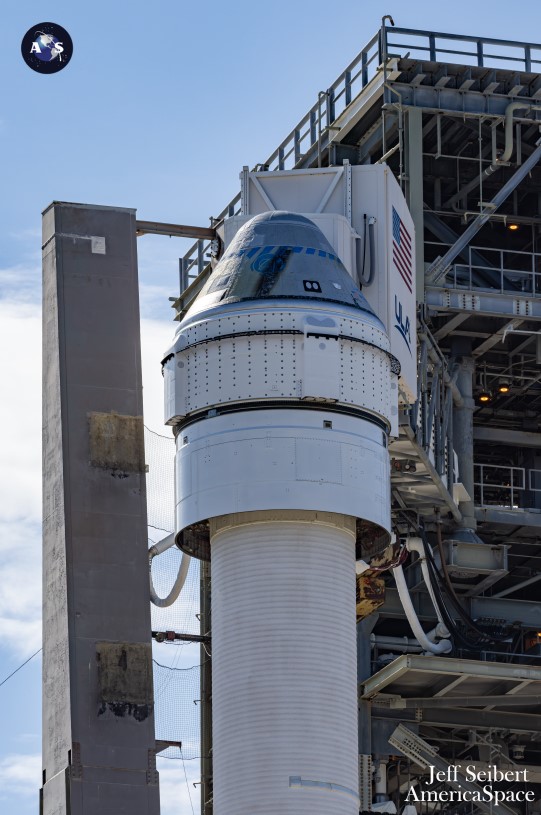

After being cleaned two hours before launch.—with Wilmore and Williams already aboard the Starliner—on the afternoon of May 6, following observations of a faulty oxygen relief valve in the twin-engine Centaur (DEC) upper stage of the Atlas V, the mission was realigned to fly as early as 6:16 pm EDT on the 17thbefore slipping again until no earlier than (NET) at 4:43 pm EDT on the 21st, due to a helium leak in the Starliner service module that was later traced to a flange on a single reaction control booster. When launch occurs, Wilmore and Williams will become the first humans to ride on a member of the “Mighty Atlas” rocket family since Project Mercury astronaut Gordon Cooper. flew its day-long Faith 7 mission back in May 1963.
And they will add their names alongside “Original Seven” luminaries John Glenn, Scott Carpenter, Wally Schirra and Cooper himself to become the fifth and sixth people in history to launch on this remarkable rocket. However, in a slight twist of fate, two others, Original Seven veterans Deke Slayton and Al Shepard, also came tantalizingly close to flying an Atlas.
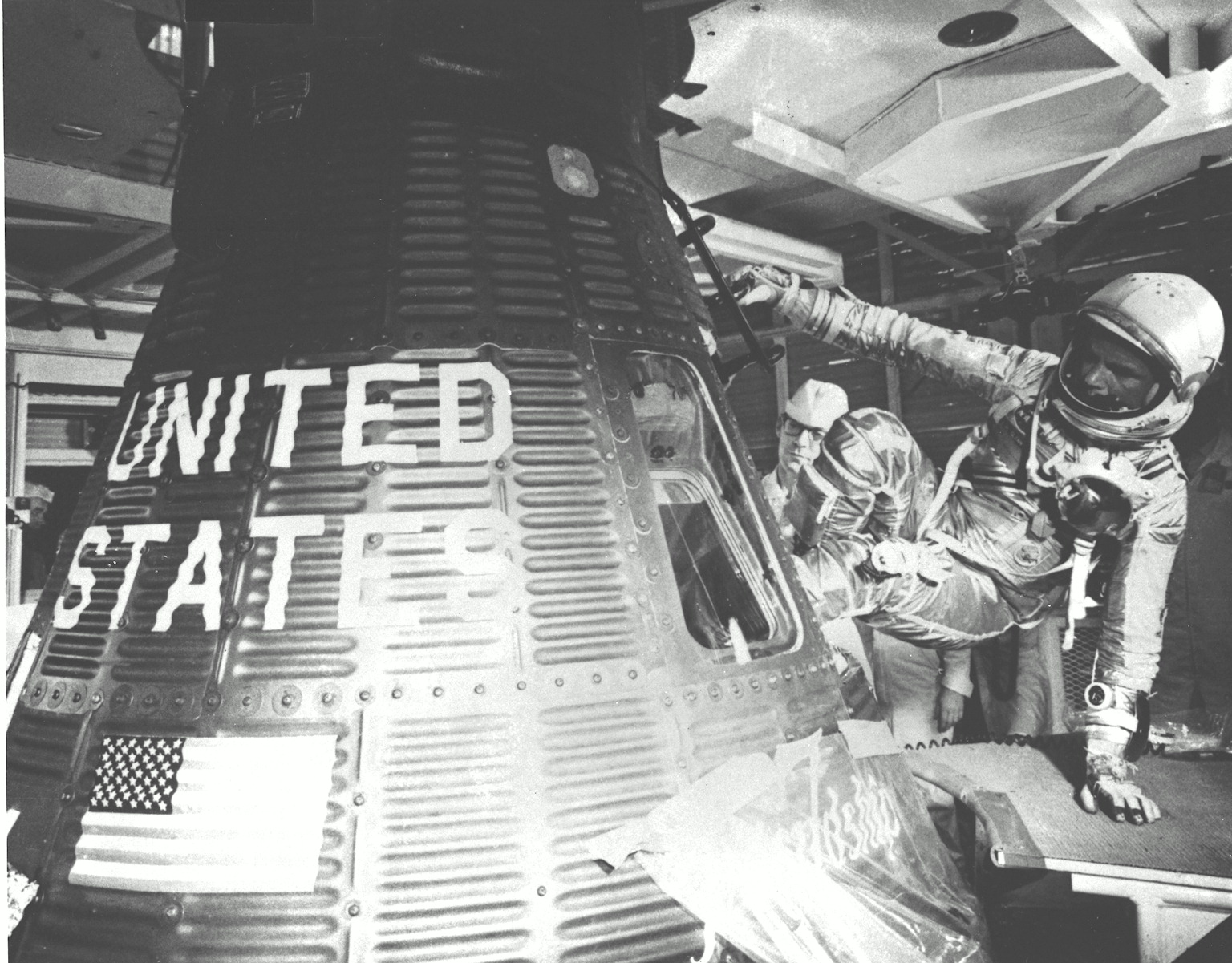

As described in yesterday's AmericaSpace article, five Mercury-Atlas missions were launched with mixed success between July 1960 and November 1961, the last of which carried the chimpanzee Enos on a three-hour, two-orbit mission to test the capabilities of the Atlas- The D rocket and the Mercury capsule to transport a living passenger. In the days following Enos' safe return to Earth, NASA accelerated to Mercury-Atlas (MA)-6, carrying John Glenn on the United States' first crewed orbital flight.
Early on February 20, 1962, after several days due to technical problems related to the rocket's fuel tanks and bad weather in Florida, John Glenn boarded the Mercury capsule he had nicknamed “Friendship 7” for the first historic launch by a man on an Atlas. That morning, however, the weather around Launch Complex 14 at Cape Canaveral proved uncertain, promising only a 50-50 chance of acceptability.
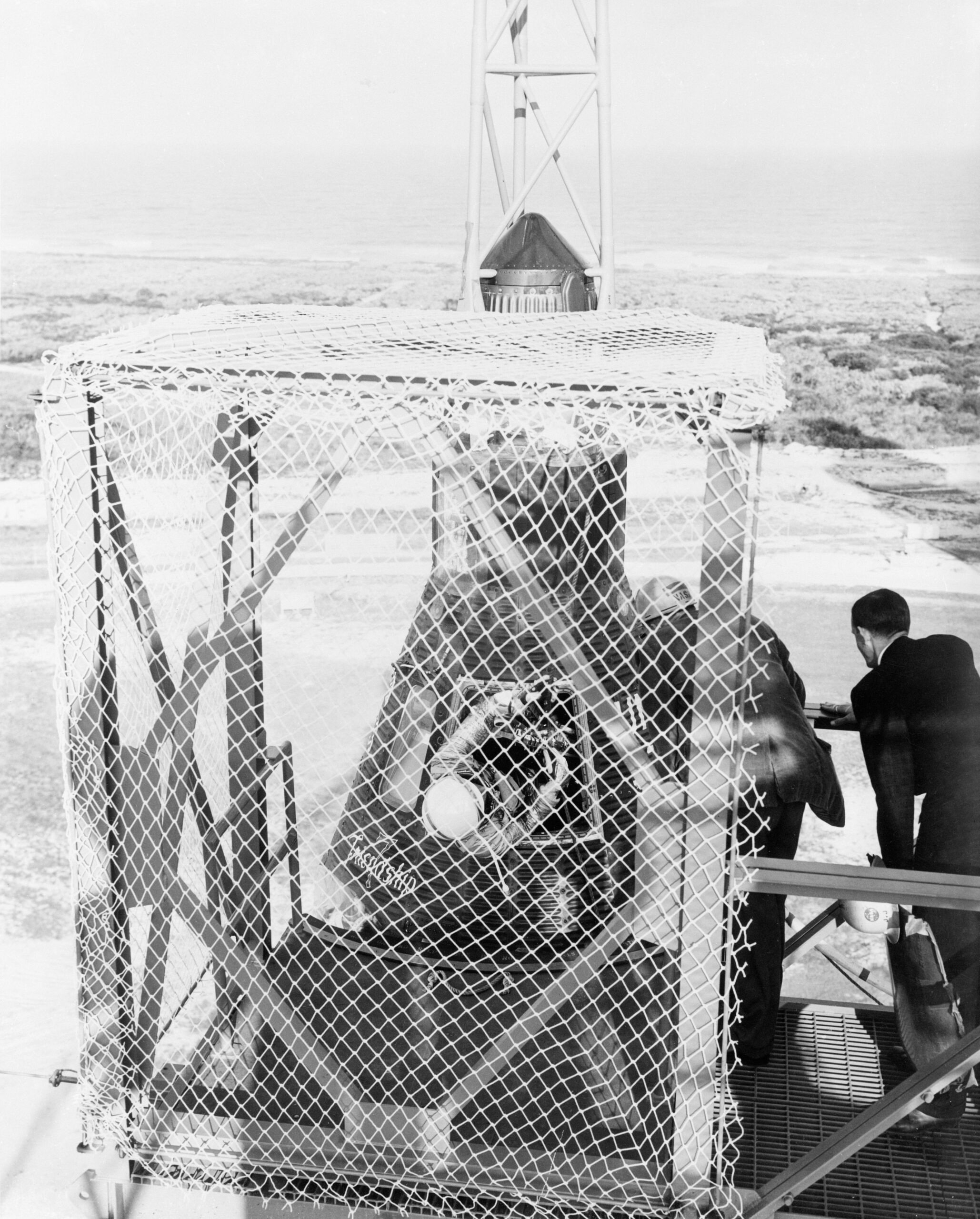

Clouds were rolling overhead when Glenn arrived at the capsule at 6 a.m. EST, but despite some problems, including a broken microphone mount inside the astronaut's helmet and a broken hatch bolt, Friendship 7's hatch was secured at 7:10 am. The platform crew left the vicinity of the rocket and the blue sky began to appear above their heads. Glenn's pulse ranged from 60 to 80 beats per minute and he later reflected on the eerie sensation of sitting atop the 94.3-foot-tall (28.7-meter) wobbler. giant.
“I could hear the sound of the pipes creaking beneath me as liquid oxygen flowed into the tanks and I heard a vibrating hiss,” he later said. “The Atlas is so tall that it sways slightly in strong gusts of wind, and in fact, I could make the whole structure sway a little by moving back and forth on the couch!”
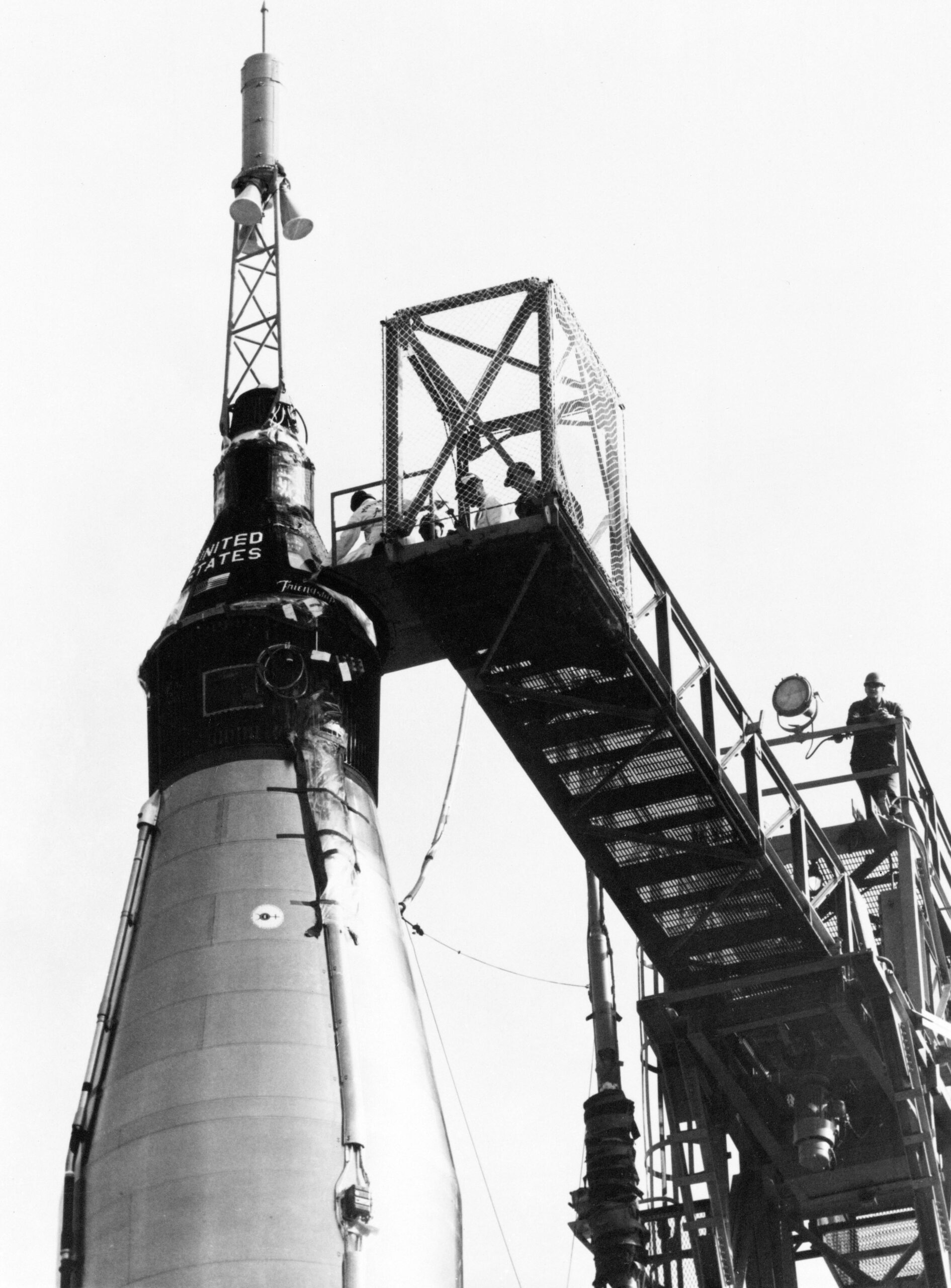

Finally, after another stoppage caused by a stuck fuel pump outlet valve and a power outage at a tracking station in Bermuda, the countdown continued. At T-18 seconds, the count returned to automatic and at T-4 seconds Glenn “felt, more than he heard” that the Atlas-D's engines turned on, far below.
At 9:47:39 a.m. EST, with a thunderous roar that overtook Capcom Scott Carpenter's radio call of “Godspeed, John Glenn,” the Atlas-D's holding poles were severed and the massive rocket began to move away from the earth. That climb appeared cumbersome, as the 260,000-pound (120,000-kilogram) rocket rose under the liftoff thrust of just over 360,000 pounds (163,000 kilograms) from its two boosters and its sustainer motor.
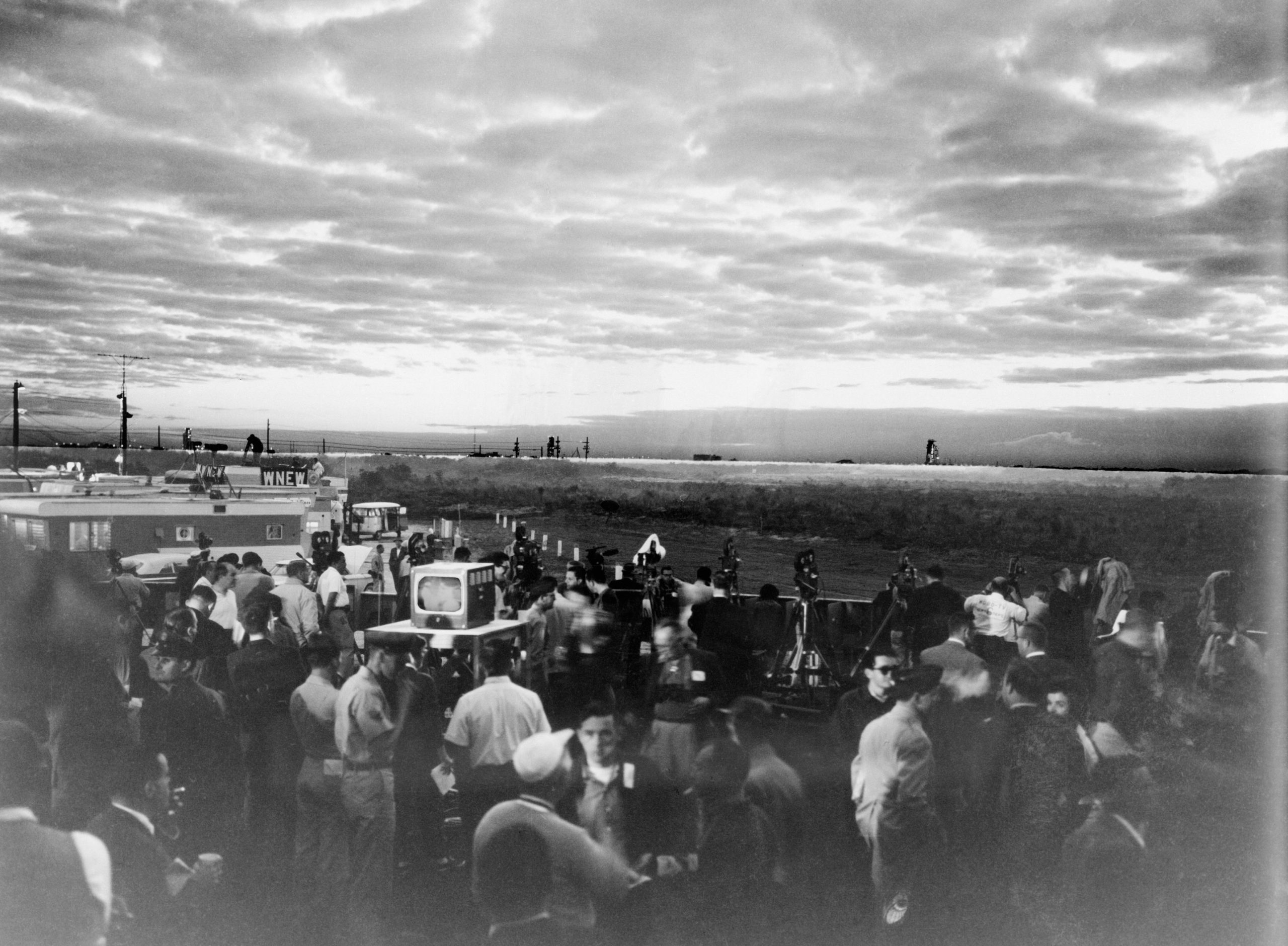

“Takeoff was slow,” Glenn recalled in his 1999 memoir, John Glenn: a memoir. “The thrust of the Atlas was barely enough to overcome its weight. It wasn't really offline until the umbilical cord carrying electrical communications to the base of the rocket came loose. That was my last connection with Earth.
“It took three seconds of fire and thunder for the two thrusters and the lift engine to lift the thing that far,” he continued. “From where I was sitting, the climb looked heavy and majestic, as if the rocket were an elephant trying to become a ballerina.”
During the first seconds of climb, the Atlas-D climbed vertically, before its automated guidance system placed it on a northeast course, a transition that Glenn found noticeably “bumpy.” Forty-five seconds after liftoff, the rocket passed through “Max Q”, the period of most extreme aerodynamic forces, a point at which the unmanned MA-1 had catastrophically failed in July 1960.
“It lasted about 30 seconds,” Glenn recalled. “At that time the vibrations were more pronounced. I didn't expect any problems, but we knew that there were certain limits beyond which the Atlas and the capsule should not be allowed to go… Since it is difficult for the human body to judge the exact frequency and amplitude of vibrations like this, we didn't expect any problems. I was unsure if we were approaching the limits or not.
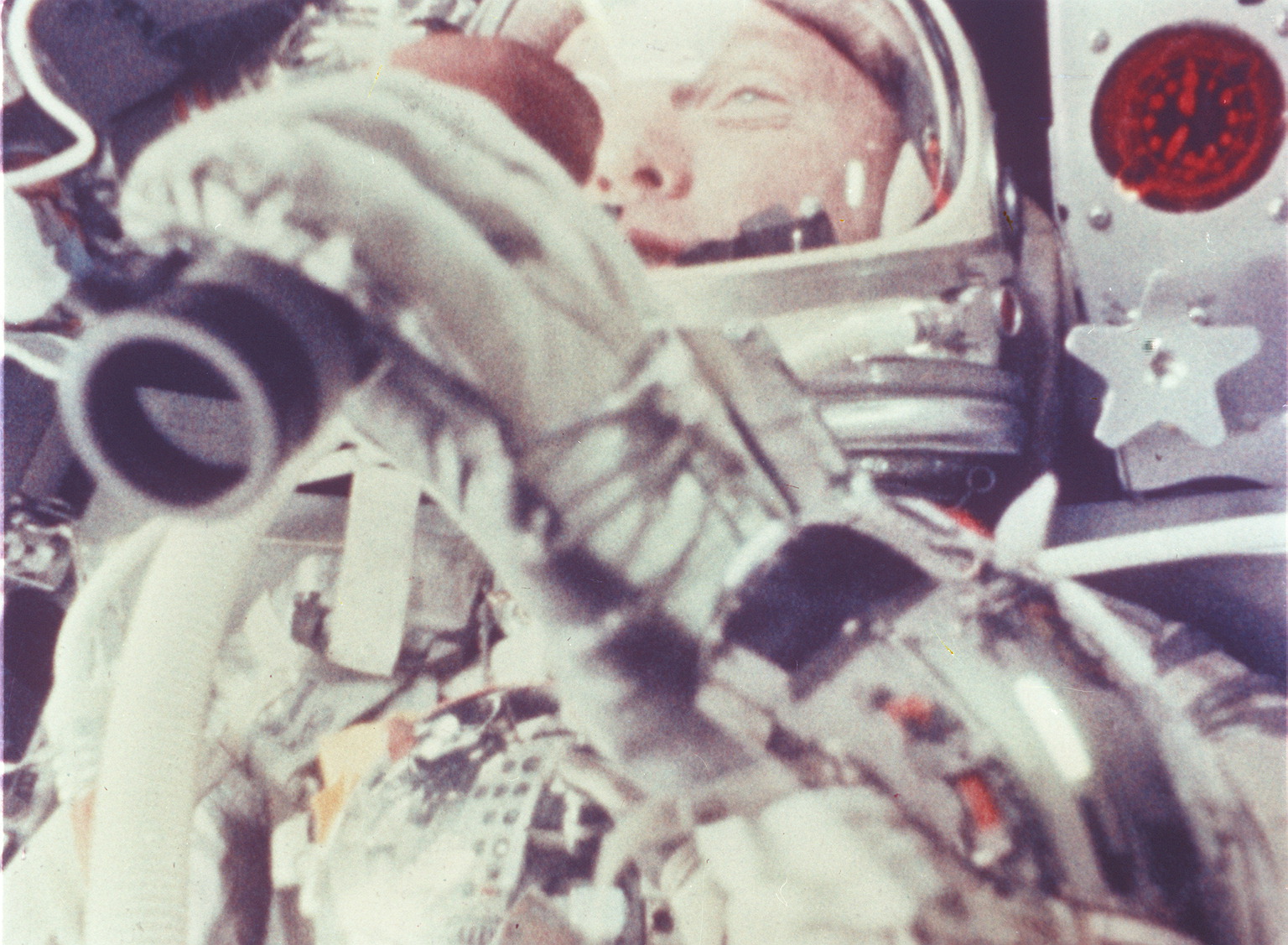

“I saw what looked like a contrail floating by the window and kept reporting fuel, oxygen and amps,” the astronaut added. “The G-forces were building up now. “I pushed myself against them, just to make sure I was in good shape.”
Successfully launching and passing through Max Q's turbulence accomplished two of the mission's four primary objectives. A third was completed soon after, when Atlas-D's external thrusters shut down in time and the central lift engine concluded Friendship 7's boost to orbit. “There was no sense of speed,” Glenn later wrote, “because there was nothing outside to look at as a reference point.”
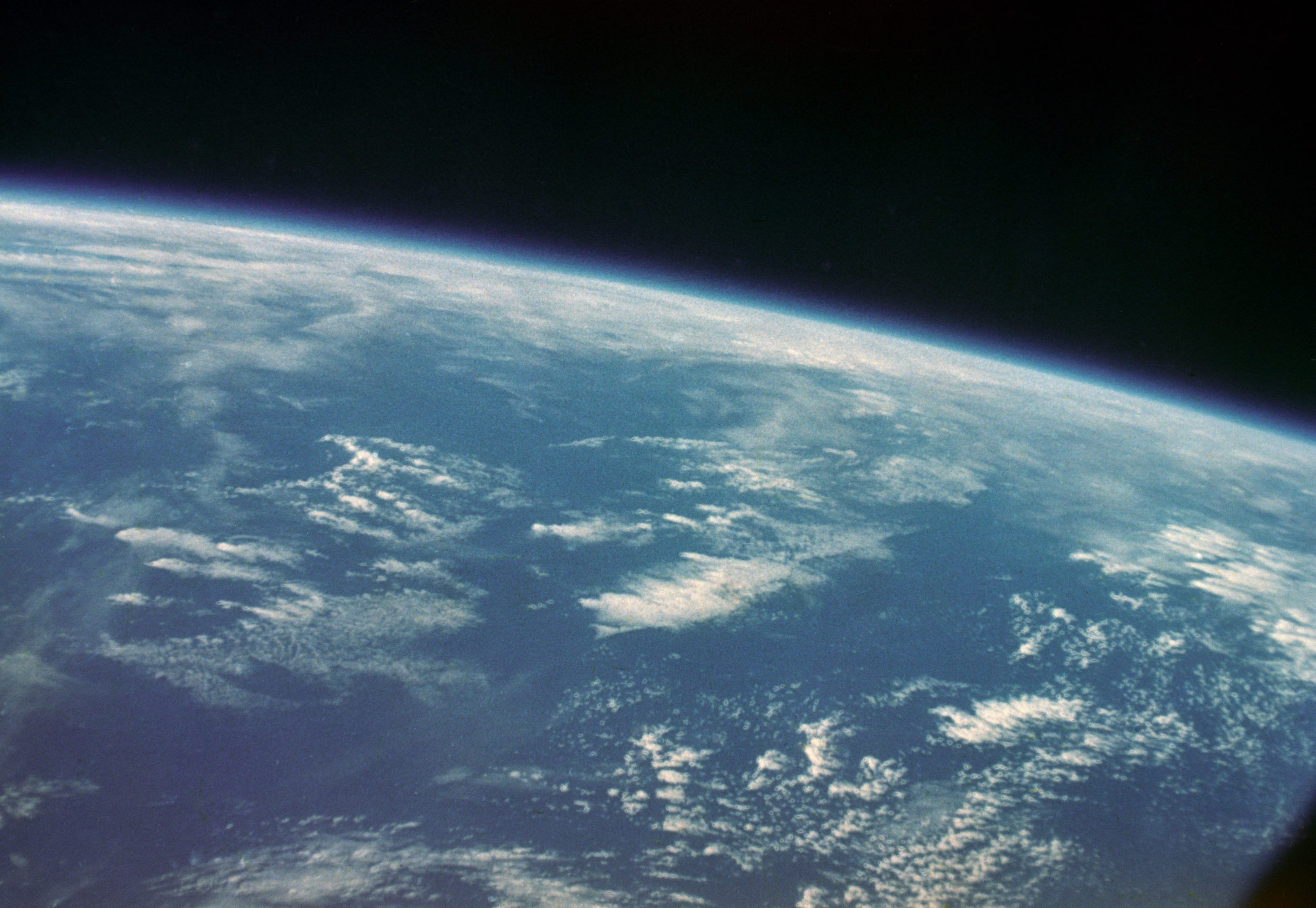

Two and a half minutes after leaving Earth, at 9:50 a.m. EST, Atlas-D's Launch Escape System (LES) tower was jettisoned, “accelerating (moving away),” Glenn wrote, “at a rate tremendous”. And two minutes later, the mission's fourth obstacle was triumphantly overcome: reaching orbit for the first time with an American human crew.
“Zero G,” Glenn breathed as the first vestiges of weightlessness became apparent to him. “And I'm feeling good!”
The final part of this story will appear tomorrow.












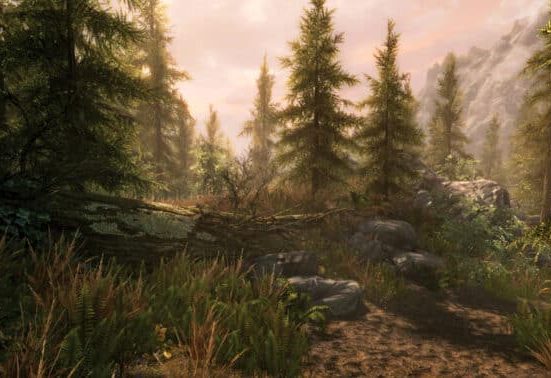
Leave feedback about this